When to cut back peonies – for beautiful and bright returning blooms
Keep your peonies healthy and disease-free but cutting them back at just the right time


It can't get much better than the scent of peonies filling your yard in spring. Renowned for producing large, open flowers, few plants offer such a vast range of forms and colors as peonies, from purest white to lemon yellow, softest pink to deepest red.
While you might already know how to grow peonies, knowing how to prune peonies and when to cut them back is an essential garden task, particularly if you want to keep your plants in good health and ensure maximum blooms next year.
Here, garden experts reveal how best to prune and cut back your peonies, the right approach to take, and the best time to trim. So, before you reach for your pruning shears, make sure you read our guide to guarantee brilliant blooms next year.
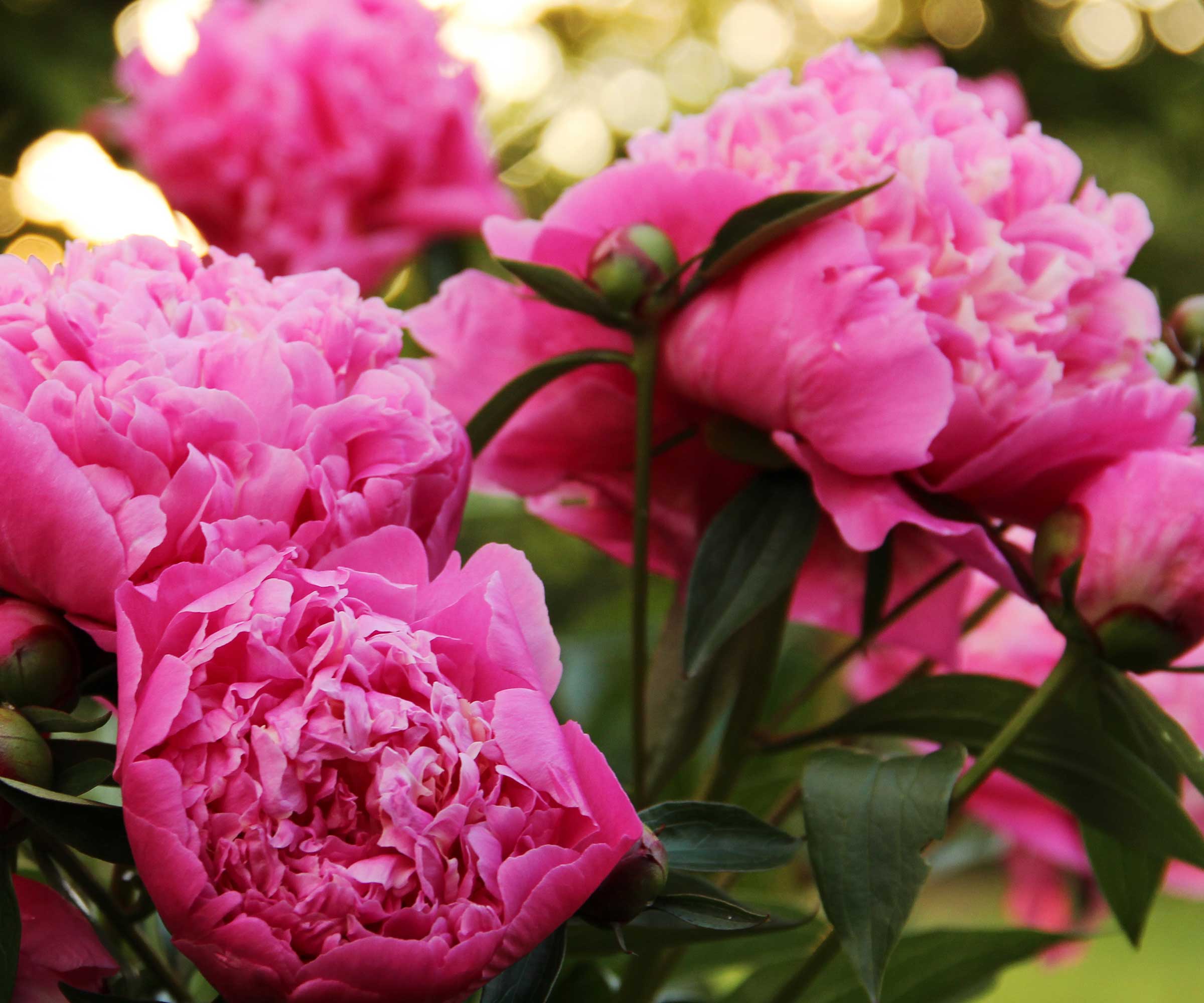
When to cut back peonies – a quick look:
The type of peony you're growing will determine when you need to cut it back.
Herbaceous peonies should be cut back in fall, between October and November. This should be after the first frost and when the foliage has turned yellow. You should aim to cut peonies back to around an inch from the ground. This will help keep your peony plant healthy and free of disease when the blooms return next spring.
If you're growing a tree peony, pruning can be done in fall or spring. In fall, remove spent flowers and cut back top growth by about a third. Tree peonies are often grafted onto herbaceous peony rootstock, so take care not to prune them right back. In spring it can be a good idea to cut back tree peonies before new growth. This can encourage a boost of growth but may also sacrifice some flowers for the season.
Alternatively, you can also leave some fading peony flowers in fall to harvest peony seeds.
When is the best time to trim peonies?
Peonies grow best in US hardiness zone 3 to US hardiness zone 9. The type of peony you're growing and your local climate will determine when to cut back peonies. Those gardeners living in warmer, southerly zones will notice that their peonies flower much earlier than those in cooler zones.
‘Renowned for their oversized blooms, peonies are a prized landscape plant often used for cut flowers,’ says Lindsay Pangborn, garden and plant expert. ‘Cutting back peonies is a critical to-do item, but it’s important to think about timing. It’s a careful balance of aesthetic and plant health considerations.’
When to cut back herbaceous peonies
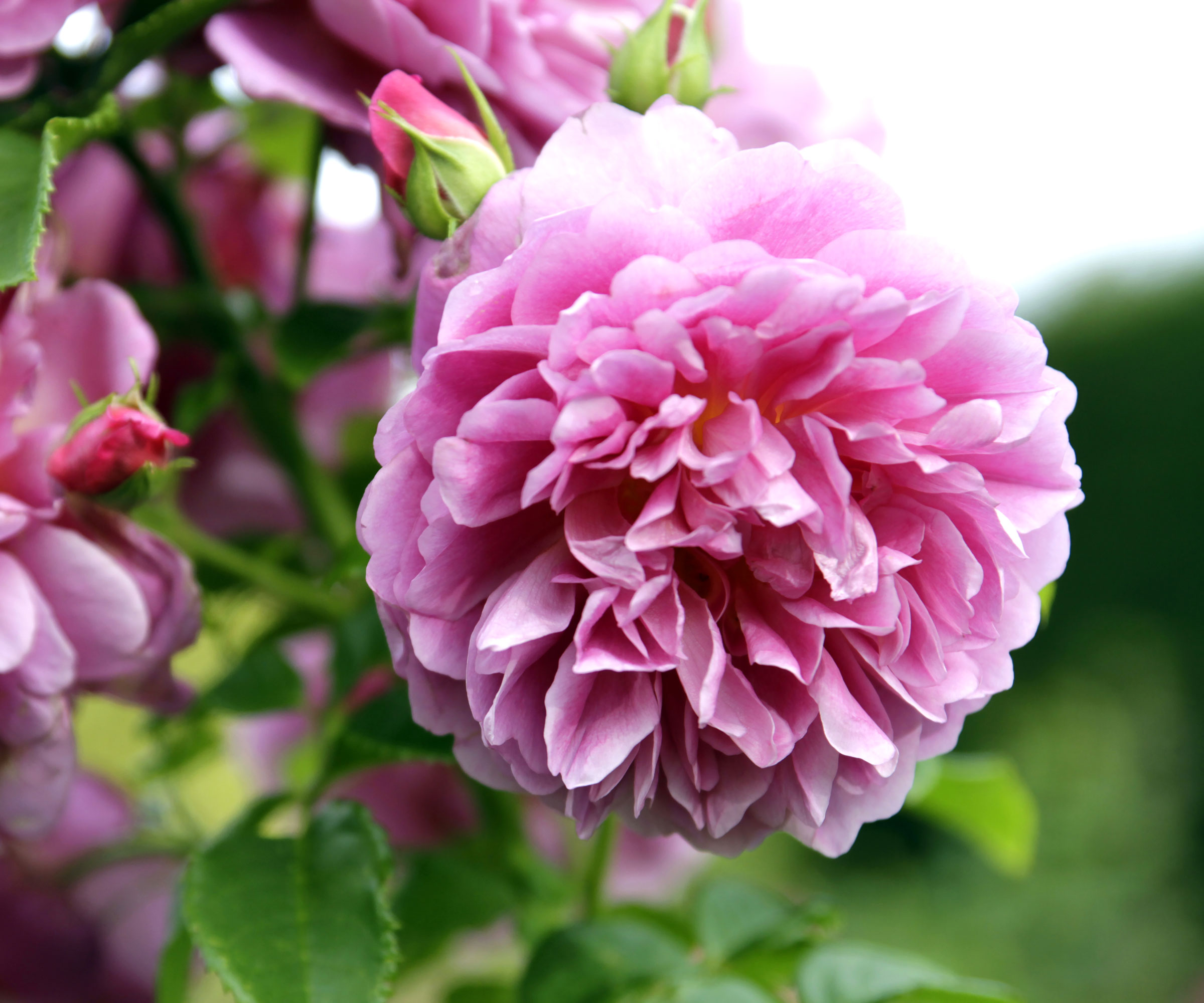
It may be tempting to prune peonies as soon as the leaves start looking yellow or brown, which can happen in the summer, you must wait until fall to prune them. One of the most common peony pruning mistakes is pruning too early.
That's because your peonies need their foliage to produce energy for next year's growth. Cutting them sooner could affect next year's flowers, which you want to avoid at all costs.#
'Proper fall peony pruning is a good practice, as fungal diseases such as powdery mildew can survive on dead leaves throughout the winter, only to re-emerge and infect the new growth the following spring,' says Meredith Bishop, sustainable flower grower and owner of Bloom and Bounty.
When fall sets in, usually around October to November, your peony foliage will fade and wilt. It is then time to trim.
‘Cut your peonies back to about 1 inch (2.5cm) above the ground,’ says Jennifer Green, botanist and expert at Positive Bloom. ‘As a herbaceous perennial, peonies will die back only to re-emerge next spring, so do not worry about cutting them too harshly.'
Remember to always use clean, sharp essential gardening tools, such as these pruning shears available from Walmart.
'Do not be tempted to trim too early,' says Jennifer. 'August is not the best time to cut back peonies, as it doesn’t allow the foliage to absorb as much energy as it needs for the following year.'
The foliage of peonies tends to fade and wilt from August, and although the leaves may not look great, it is best to allow your plant to photosynthesize as much as possible and gather energy for next year's blooms.

Lindsay Pangborn is a garden and plant expert based in Columbus, OH. She is currently a Brand Director at Bloomscape, helping to bring greenery to homes across the US.

Jennifer is a botanist and plant fanatic, and in her spare time she is a passionate artist and decorator. She claims a house can only be a home when it’s enriched with plants. She is a garden writer on all things plants for Positive Bloom.
When to cut back tree peonies
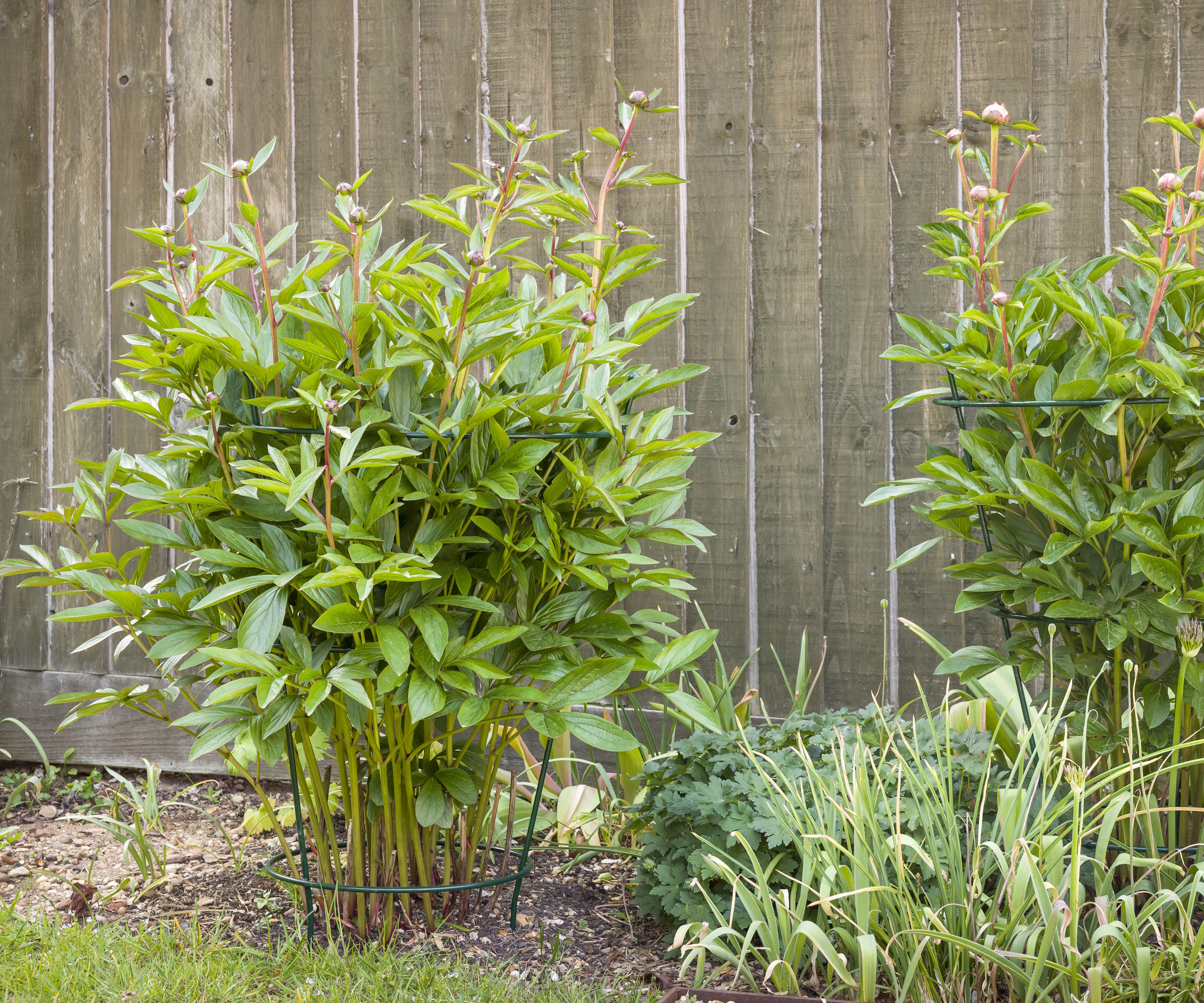
Unless you are trimming old growth left over from the previous year, you must not cut back your peonies in the spring, as this could harm the plant and prevent it from flowering.
The only peony you should trim in the spring is a tree peony. For those gardeners who don't know how to grow a tree peony, it's important to know that you wouldn't cut back tree peonies in the fall like you do a herbaceous peony. Early spring is the best time to prune tree peonies.
You should also only remove spent flowers from a tree peony and cut back not more than a third of the plant, as these plants are usually grafted onto herbaceous peony rootstock and cutting them right back may affect their growth habit.
Spring is not only time to cut back tree peonies, but also time to fertilize your peony plants. 'Peonies benefit from an application of blood meal and bone meal in early spring, just as the shoots are beginning to emerge from the ground,' says Meredith.

Meredith Bishop is a sustainable flower grower specializing in old-world blooms grown from seed in her gardens in urban Nashville, Tennessee. She also operates a retail design studio in Nashville, and enjoys teaching, speaking and writing about all aspects of flower gardening.
Shop pruning accessories
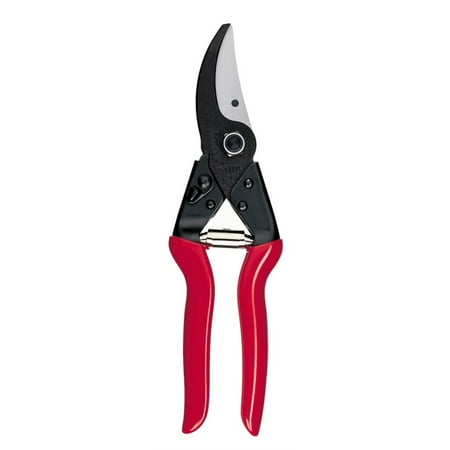
These Felco pruning shears will make easy work of all your garden jobs, quickly and effectively trimming perennials and shrubs in the yard.
FAQs
What happens if you don't cut back peonies?
If you don’t cut back peonies, the old foliage will become unsightly over the winter and into the spring, but they should still flower the following year. If you can trim your peonies, it is important to do so as it can protect against fungal disease.
Knowing when to cut back peonies is a crucial part of peony care in the yard. After deadheading your peonies, don't be scared to cut herbaceous peonies right back in fall to boost new growth in spring. But be sure to only trim your prized peonies at the right time, otherwise you risk a reduction in blooms the following year.
Sign up to the Homes & Gardens newsletter
Design expertise in your inbox – from inspiring decorating ideas and beautiful celebrity homes to practical gardening advice and shopping round-ups.

Melanie has worked in homes and gardens media for two decades. Having previously served as Editor on Period Living magazine, and worked on Homes & Gardens, Gardening Etc, Real Homes, and Homebuilding & Renovating, she is now focusing on her passion for gardening as a Senior Editor at Gardening Know How. As a keen home grower, Melanie has experimented with pretty much every type of vegetable at some point – with mixed results. Often it is the simplest things that elude you, which may explain why she just can't seem to master zucchinis.
- Tenielle JordisonNews Writer (Gardens)
- Thomas RutterContent Editor
-
 It’s a concept straight out of a fashionista's playbook, but I used the Sandwich Method to organize my kitchen shelves – it’s never looked sleeker
It’s a concept straight out of a fashionista's playbook, but I used the Sandwich Method to organize my kitchen shelves – it’s never looked sleekerIt transformed messy to mesmerizing in a matter of seconds
By Punteha van Terheyden Published
-
 The moody kitchen in this Victorian home has the most unique wall design I've ever seen – it's the perfect way to bring an elegant, aged feel to the space
The moody kitchen in this Victorian home has the most unique wall design I've ever seen – it's the perfect way to bring an elegant, aged feel to the spaceThe hand-painted feature has brought a sense of history and patina back into the remodeled kitchen
By Molly Malsom Published
-
 How to fertilize magnolias – garden experts reveal the secrets to better blooming, and timing is critical
How to fertilize magnolias – garden experts reveal the secrets to better blooming, and timing is criticalMagnolias are famed for their spring flowers, and feeding at the right time can give trees a boost
By Thomas Rutter Published
-
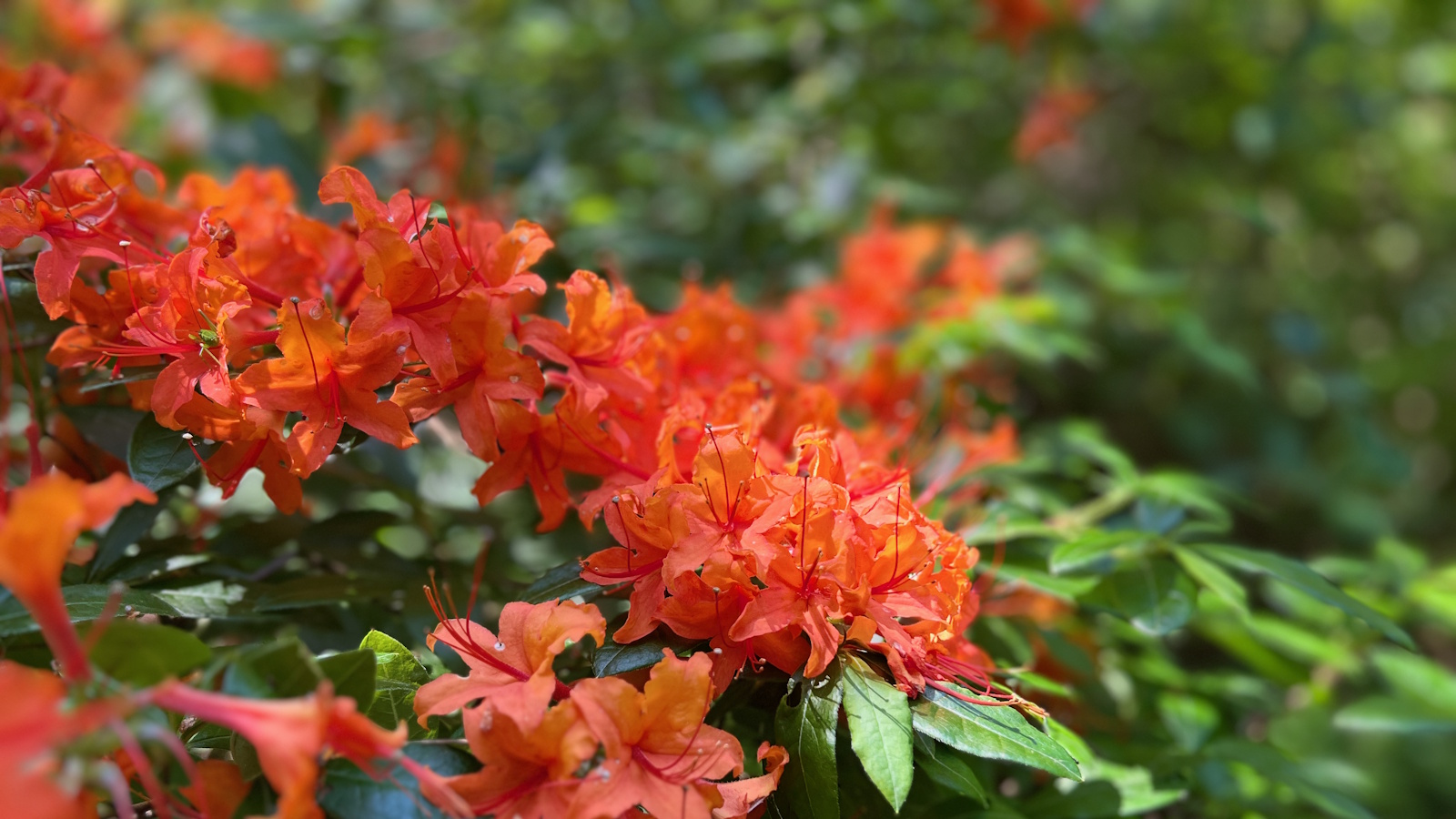 How to revive old rhododendron plants – pruning advice from a professional gardener to save your struggling shrubs
How to revive old rhododendron plants – pruning advice from a professional gardener to save your struggling shrubsWith the right pruning approach, you can rejuvenate old and woody rhododendrons
By Thomas Rutter Published
-
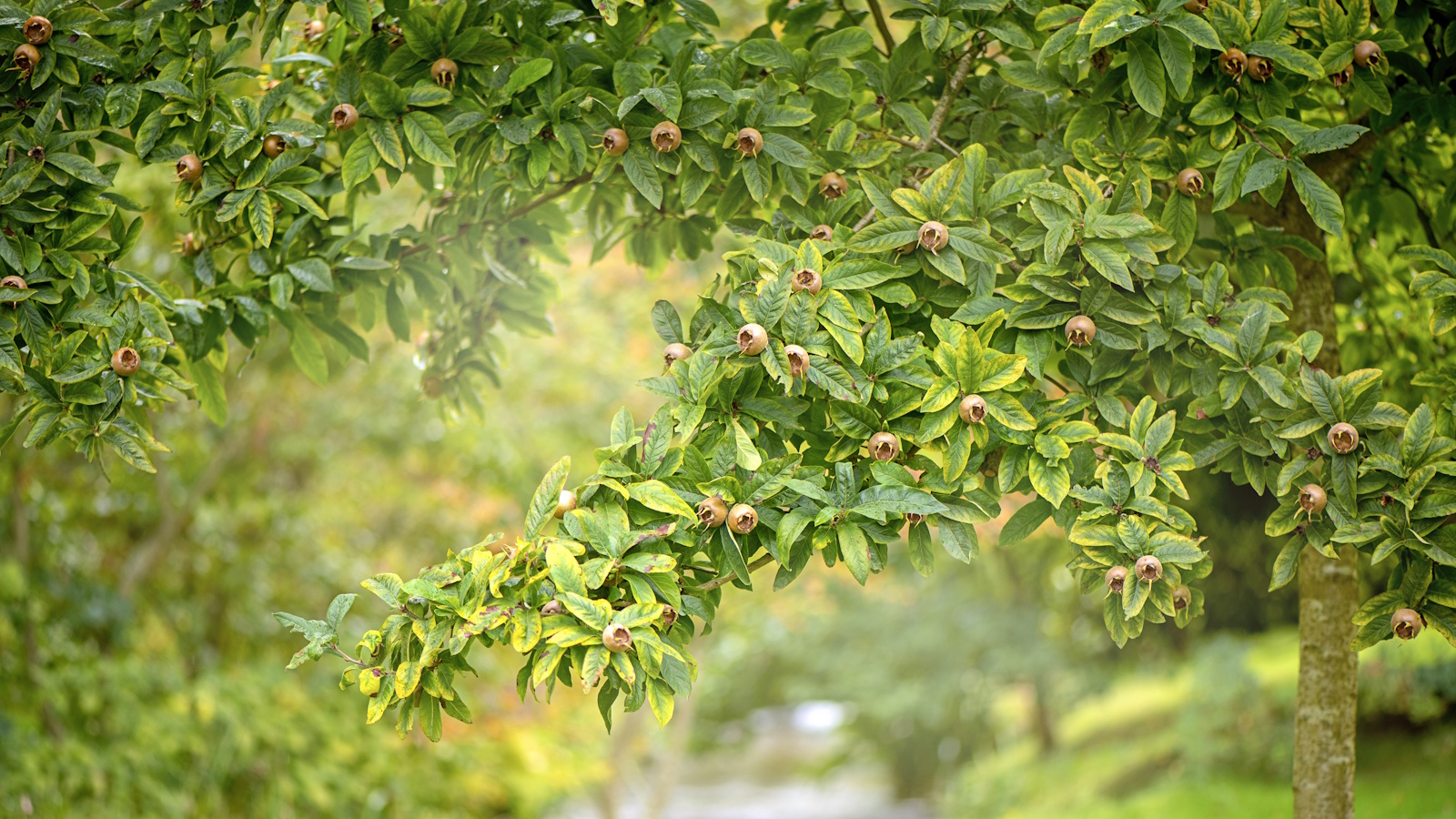 How to grow medlar trees – to enjoy a harvest of unusual fruits from this forgotten heritage species
How to grow medlar trees – to enjoy a harvest of unusual fruits from this forgotten heritage speciesMedlar fruits were once a popular delicacy, yet today, they are a rare find
By Thomas Rutter Published
-
 How to coppice trees and shrubs – and the 5 species that will benefit from this historical and super simple pruning technique
How to coppice trees and shrubs – and the 5 species that will benefit from this historical and super simple pruning techniqueCoppicing has aesthetic and practical benefits in a garden
By Drew Swainston Published
-
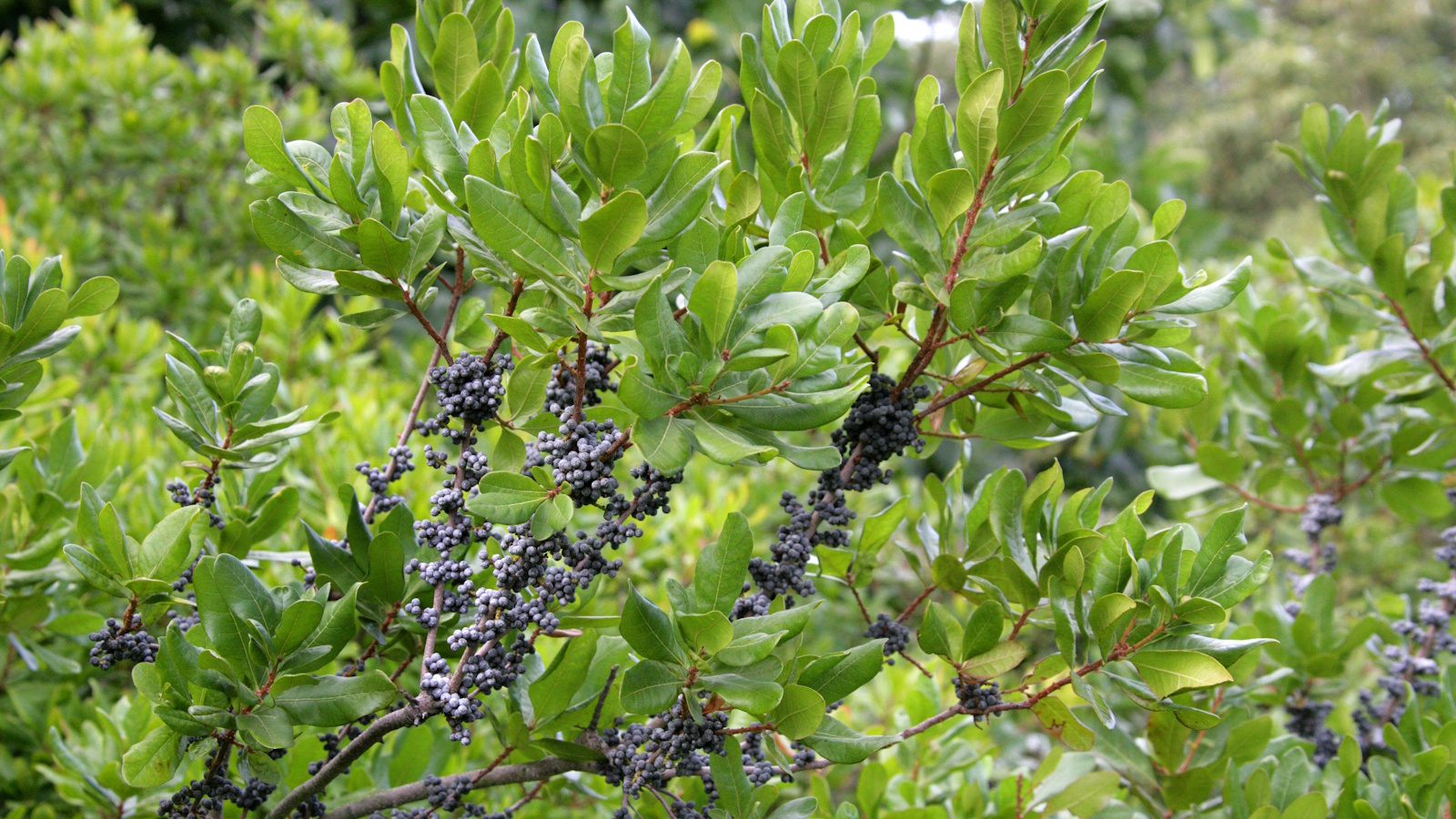 Best fragrant shrubs – 5 perfumed plants to transform garden borders and pot displays this summer
Best fragrant shrubs – 5 perfumed plants to transform garden borders and pot displays this summerGrow one or more of the best fragrant shrubs to add a sensory element to your yard
By Thomas Rutter Published
-
 How to grow mandevilla in pots – and elevate your outside space with impactful tropical flowers this summer
How to grow mandevilla in pots – and elevate your outside space with impactful tropical flowers this summerLearning how to grow mandevilla in pots will add a colorful and vertical accent to any size plot
By Thomas Rutter Published
-
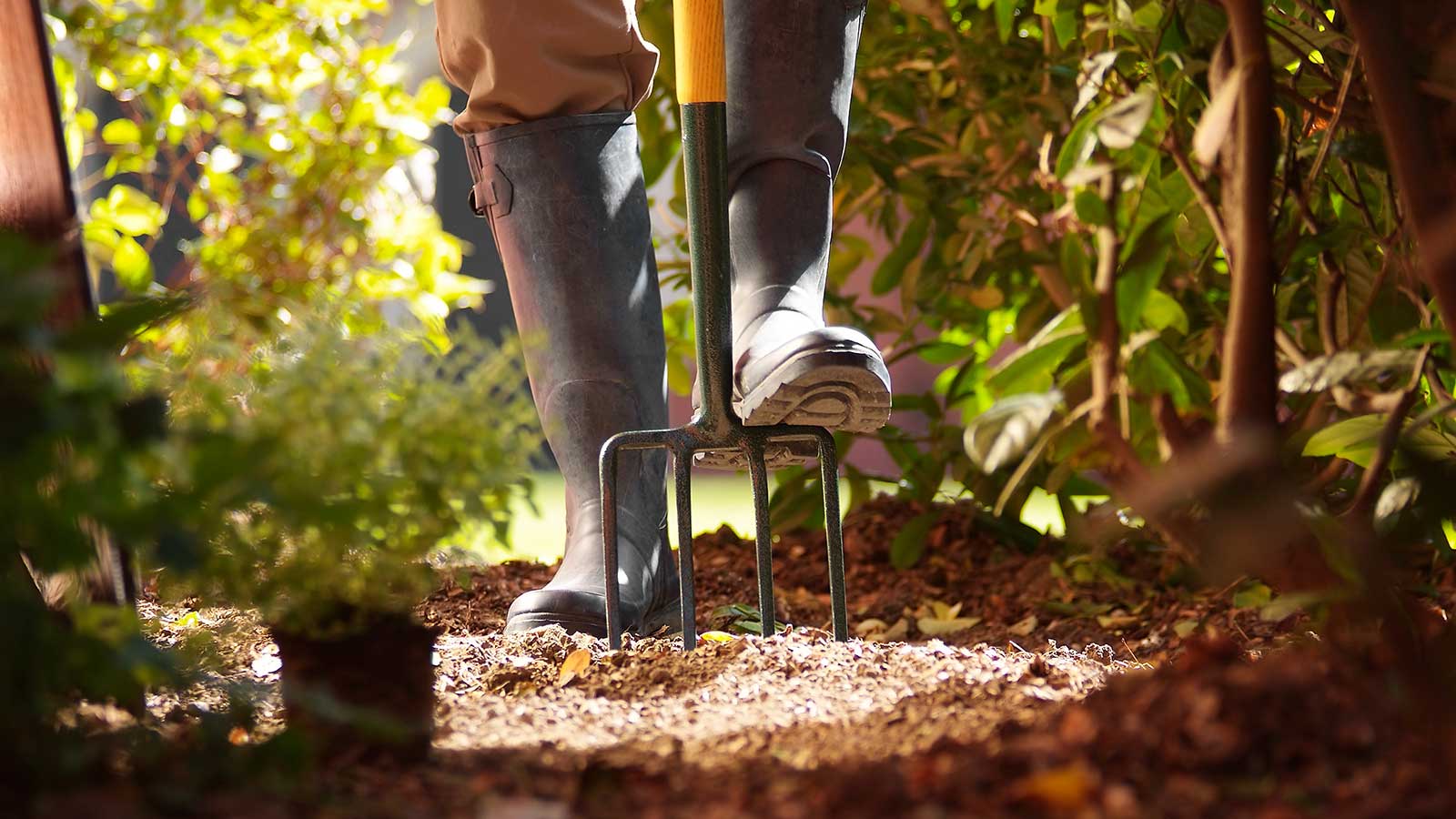 Skyseed is a vigorous invasive weed that is becoming a problem in backyards – here's how to identify and control it
Skyseed is a vigorous invasive weed that is becoming a problem in backyards – here's how to identify and control itGardeners in North America should keep an eye out for this vigorous perennial weed
By Thomas Rutter Published
-
 Horticulturists urge you to prune these 7 plants in April – for healthy growth and better-than-ever flowering displays
Horticulturists urge you to prune these 7 plants in April – for healthy growth and better-than-ever flowering displaysDiscover a key selection of plants to cut back this month, with expert pruning advice
By Drew Swainston Published

